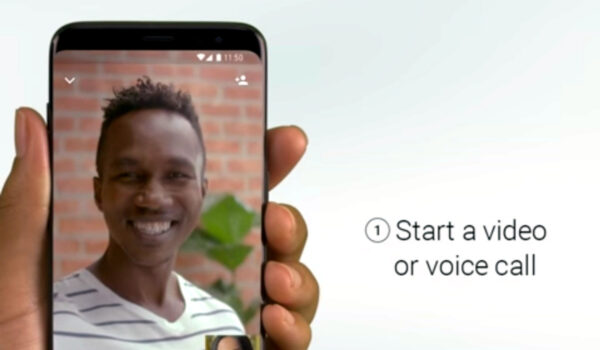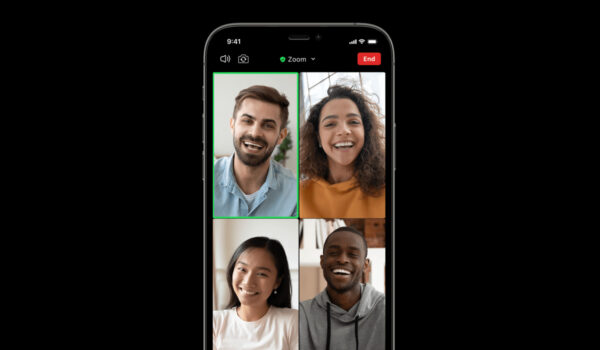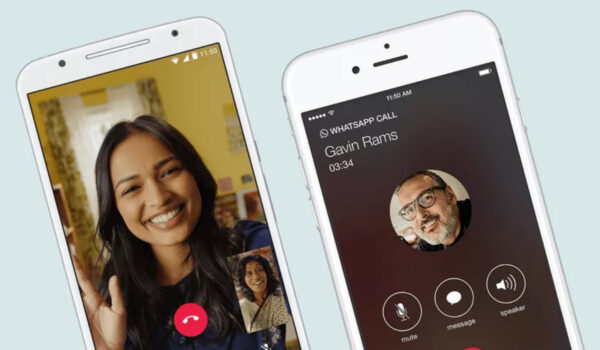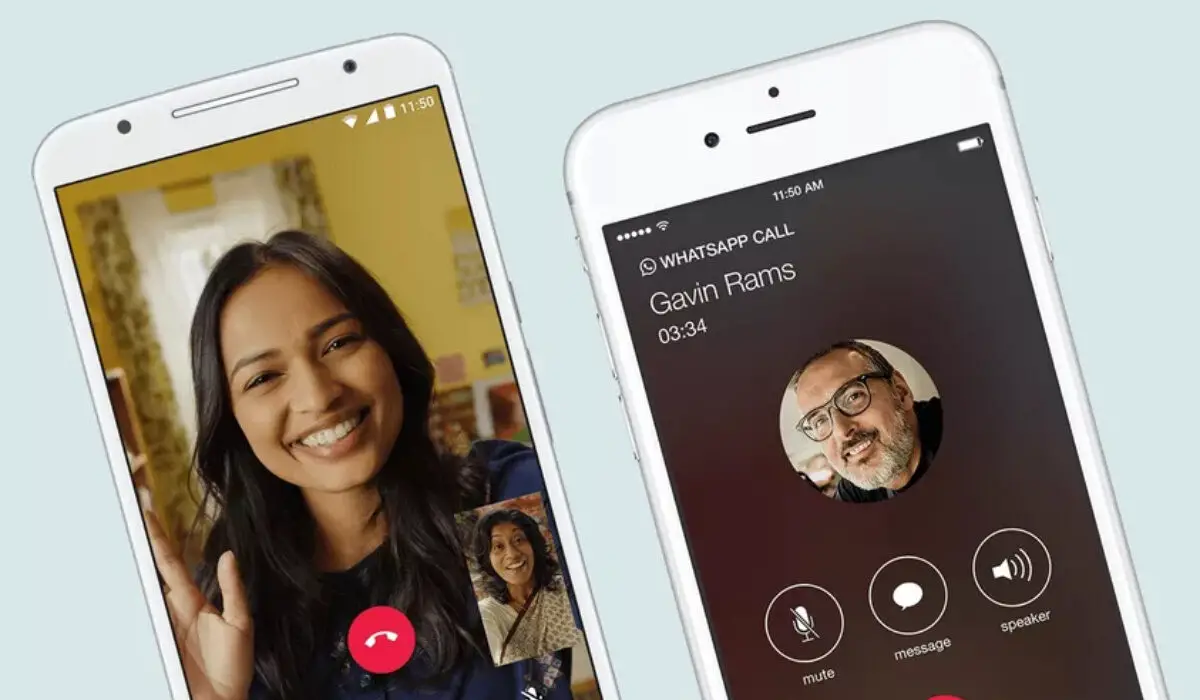It was a Thursday afternoon, and I was sitting at a table inside my favourite restaurant and waiting for my girlfriends to arrive. We had agreed to hangout together, and I was the early bird. My phone rang; it was a video call from my mom.
I was impressed, because I had always persuaded her to install a video call app so that we could see each other when speaking. She resides in far away Delta state, and we get to see one another in the flesh only once a year. As such, video communication would be a great way to infuse some warmth into our calls.

I answered the call, and there she was with a huge, bright smile on her face. She exclaimed, “This looks so real! How come I never did this till now?!”
I laughed my heart out. It was so good to see her old, beautiful face after such a long time. This was way better than an audio call.
Video communication is no longer a novelty. Everyone with a smartphone, a video call app, and a stable Internet connection can take advantage of it. As a matter of fact, many smartphones come with at least one video call app pre-installed. Where it does not, or where you prefer another, simply tap on the Google Play app on your Android phone, or App store on your iPhone, and find the one you want, then install it.
Besides being great for personal use, video communication has also been adopted widely by businesses, small and big. The COVID-19 pandemic of the last one year has been a pivotal catalyst in the video revolution. Businesses looking for innovative ways to increase productivity and efficiency in this dispensation where people have to work from home, have embraced video conferencing is a core channel of communication.

Video communication has made interactions between organizations and their employees, partners, and customers, easier and more effective. It creates room for flexibility in the office space, helps reduce cost and travel time, and so much more.
Doctors and other practitioners In the health care system have also found vital use for video conferencing to provide telemedicine, a situation where consultation and even surgery happens over a video transmission. Neither the patient not the health professionals need meet physically.
While on the call with my mom, two of the three friends I was expecting arrived. As I said goodbye to mom and ended the call, the third friend arrived and we all exchanged pleasantries and proceeded to order our drinks. The medical doctor among us, mentioned that she was scheduled to have a meeting with a patient of hers in the next hour and would have to leave on time.
I asked if the meeting was just between herself and the patient, and she confirmed that it was indeed a consultation. “You can have that meeting here, you know”, I said to her. “Just find a quiet corner, pop in a pair of earbuds, and consult over a video call. It will save both of you travel time and unnecessary stress”.
“There you go again with your wild ideas!” She laughed it off and sipped her cocktail. We promptly dived into one of our favorite topics and chatted and laughed away.
Of course, she later left for the meeting. But guess who was in shock when we later heard a scream of joy and we all turned, only to see our friend laughing and sashaying back towards our table. “That was the best meeting I have had in years!! What!?” she exclaimed.
The foolish girl had taken to my advice and carried out her consultation with her patient over a video call. Heaven rejoices over the repentance of a sinner. Good for her.

Another field that has been touched by the video communication revolution is education. Teachers are instructing their students remotely. Similarly, court sittings are holding remotely via video. To be honest, video communication has touched every field.
Common Video Communication Apps
Some of the most popular video communication apps include: Facebook Messenger, WhatsApp Messenger, Google Duo, Google Meet, Facetime, Zoom, and Skype. Google Meet and Zoom are particularly suited for meetings of larger groups of people.
Which of these video apps do you use?
